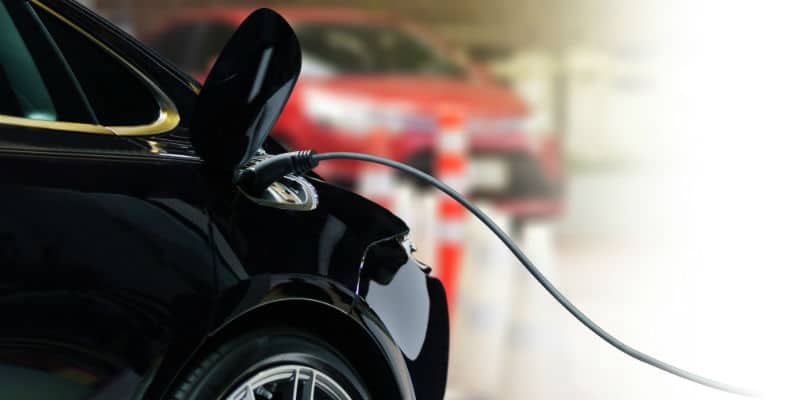Too often, companies focus on grabbing market share away from competitors, rather than searching for untapped demand. That untapped demand is what we call nonconsumption—when people are unable to purchase or use a product or service, and literally can’t consume it. It happens when a given product is physically unavailable, unaffordable, or inaccessible. Why does this matter? Nonconsumers are a fertile market for Disruptive Innovations to take root, as Sony proved in the 1950s, and low-speed electric vehicle (LSEV) makers are showing today.
Sony, teenagers, and the advent of the pocket radio
When transistor technology first emerged in the late 1940s, it was not good enough for use in mainstream consumer electronics such as furniture radios and floor-standing televisions. Early transistors could not handle the power required in these devices, which were mostly powered by vacuum tubes. Still, consumer electronics giants such as RCA worked diligently to make use of the transistor technology in the hopes of creating products that were comparable in quality to those based on vacuum tube technology. They did so in order to serve their current customers: people who could afford high-end electronics and expected high quality. However, given the state of the transistor technology, this was a very difficult technical hurdle to surmount.
On the other hand, Sony recognized something that the industry leaders perhaps did not: vast nonconsumption of high-end radios. For instance, many teenagers could not afford the elegant radios that defined the world in the mainstream market. So, Sony decided to develop a product that made good use of the transistor’s limitations. To begin with, it developed a pocket radio and marketed it to people who were happy to have a smaller product with inferior sound quality. Now, teens could listen to rock and roll music with their friends out of the earshot of their parents. Consequently, they were delighted to own an inferior product because it was infinitely better than their only other alternative: no radio at all.
Slowly but surely, as transistor technology improved to make bigger and better radios, Sony was able to compete head-on with industry leaders, eventually resulting in their disruption.
LSEVs and nonconsumers of cars
Today, a similar phenomenon is beginning to play out in the automotive industry. While mainstream automakers are deploying electric powertrain technology in order to appeal to traditional car owners, some automakers in China are using the same technology to create a new market by competing against nonconsumption—targeting people who can’t afford a traditional car with low-speed electric vehicles (LSEVs).
LSEVs are small vehicles that typically can’t travel very fast or very far. Yet in spite of these drawbacks, these LSEVs represent a Disruptive Innovation—a means of deploying technology that makes products and services more accessible and affordable. Disruptive Innovations have a track record of transforming entire industries and sometimes bankrupting formidable leaders, as exemplified by Sony’s disruption of consumer-electronics giants.
While many traditional car owners may feel that an average EV falls short of their expectations due to limited range and long charging times, nonconsumers are willing to accept these flaws. LSEVs are significantly better than their other alternatives: bicycles, motorcycles, or farm vehicles. Hence, like the teenagers who were delighted with Sony’s pocket radio, these nonconsumers of cars are delighted to use an LSEV.
LSEV makers have identified enormous untapped demand in China, and are enjoying the benefits of targeting nonconsumption:
- The performance expectation of nonconsumers is relatively low, so companies can earn profits selling products with limited functionalities, despite the technology not meeting the needs of the mainstream market.
- Because successful companies are typically able to learn how to make money at low price points, moving upmarket by selling better products at higher prices is relatively easy.
- More often than not, incumbents aren’t motivated to serve nonconsumers because their business models rely on serving customers who are able to pay more. As a result, entrants targeting nonconsumption can typically avoid head-on competition with well-resourced, motivated industry leaders.
Today, the LSEV market in China is growing rapidly. In 2017, estimated at four million units, the total number of LSEVs on the roads in China exceeded the total number of mainstream EVs and plug-in hybrids on the roads globally—3.1 million units. The question from here is: like Sony, can LSEV makers improve their offerings so that they can compete with mainstream automakers? This is just one question I’ve sought to address in my paper, Driving disruption: Catching the next wave of growth in electric vehicles.



